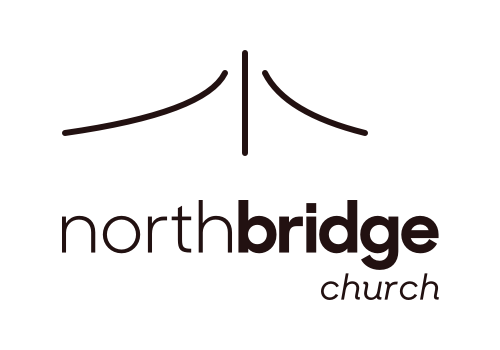Garden Temple
He built his sanctuary like the high heavens, like the earth he founded forever. - Psalm 78:69
“We all long for Eden, and we are constantly glimpsing it: our whole nature at its best and least corrupted, its gentlest and most humane, is still soaked with a sense of ‘exile.’” -J. R. R. Tolkien
The linking of Eden, tabernacle, temple, and God's eternal city demonstrates that man’s most fundamental identity is liturgical. God created man and women so that they may worship. We are worshipping creatures, and we worship every day. The primacy of worship in humanity’s identity and creation means that nothing in the world is truly secular. The secular category does not exist – everything is religious and through and through an act of worship.
In his book, God Dwells Among Us, GK Beale gives twelve reasons (there are many more) that Eden primarily functions as a place of worship. I’ve attempted to
The temple is the place of God’s unique presence. Eden was also the place where God walked in fellowship with Adam. God walks with Adam in the garden, and the same verb form in Genesis also describes God’s presence in the tabernacle (Gen. 3:8; Lev. 26:12; Deut. 23:14-15; 2 Sam. 7:6-7; Ezek. 28:14).
The Genesis narrative depicts Adam as a priest concerning his mission, to work and keep the garden. In the temple, working and keeping are priests’ tasks (Num. 3:7-8; 8:25-26; 18:5-6; 1 Chron. 23:32; Ezek. 44:14). And Ezekiel describes Adam in priestly attire (Ezek. 28:13.).
In Exodus 25:18-22, the cherubim that guard the tree of life (Gen 3:24) become the guarding symbol of the tabernacle.
The temple lampstand (Ex. 25:31) in the temple (and the modern-day menorah) is a model of the “tree of life” from Genesis 2:9.
The tabernacle and the temple were ornately decorated in garden-like wood carving, giving the worshippers a sense of Eden (1 Kings 6:18-35; 7:18-20).
God instructs Solomon to build the temple facing east and to situate the temple on a mountain. Ezekiel’s future temple faced east and was on a mountain (Ezek. 40:2-6; 43:12). The entrance to the garden also faced east and located on a mountain (Gen. 3:24; Ezek. 28:14-16).
The ark of the covenant that contained the stone tablets of the law in the Holy of Holies reflects the knowledge of good and evil as both lead to wisdom.
The biblical writers across the Old and New Testaments link the river flowing out of Eden (Gen. 2:10) to God’s eschatological temple (Ezek. 47:1-12; Rev. 21:1-2; cf. Ps. 36:8-9; Rev. 22:1-2).
Eden was a garden of gold, onyx, and precious stones (Gen. 2:11-12). The same materials found in the garden are used to decorate the tabernacle and temple sanctuaries and priestly garments (Exod. 25:7-31).
God designed the temple into three parts (Holy of Holies > Holy Place > Courtyard), and God created the garden in three parts as well (Eden > Garden > Outer World).
Ezekiel says that “Eden, (is) the garden of God… the holy mountain of God,” and Ezekiel also says the garden contained “sanctuaries” (Ezek. 28:18; 7:24; Lev. 21:23; Jer. 51:51).
The building of the garden by the spoken word of God and the building of tabernacle by the command of God to men culminates in rest (Gen. 2:1-3, Exod. 31:12-17).
The question is, what or who do we bow down before daily? What habits of liturgy do you and I engage in daily?
